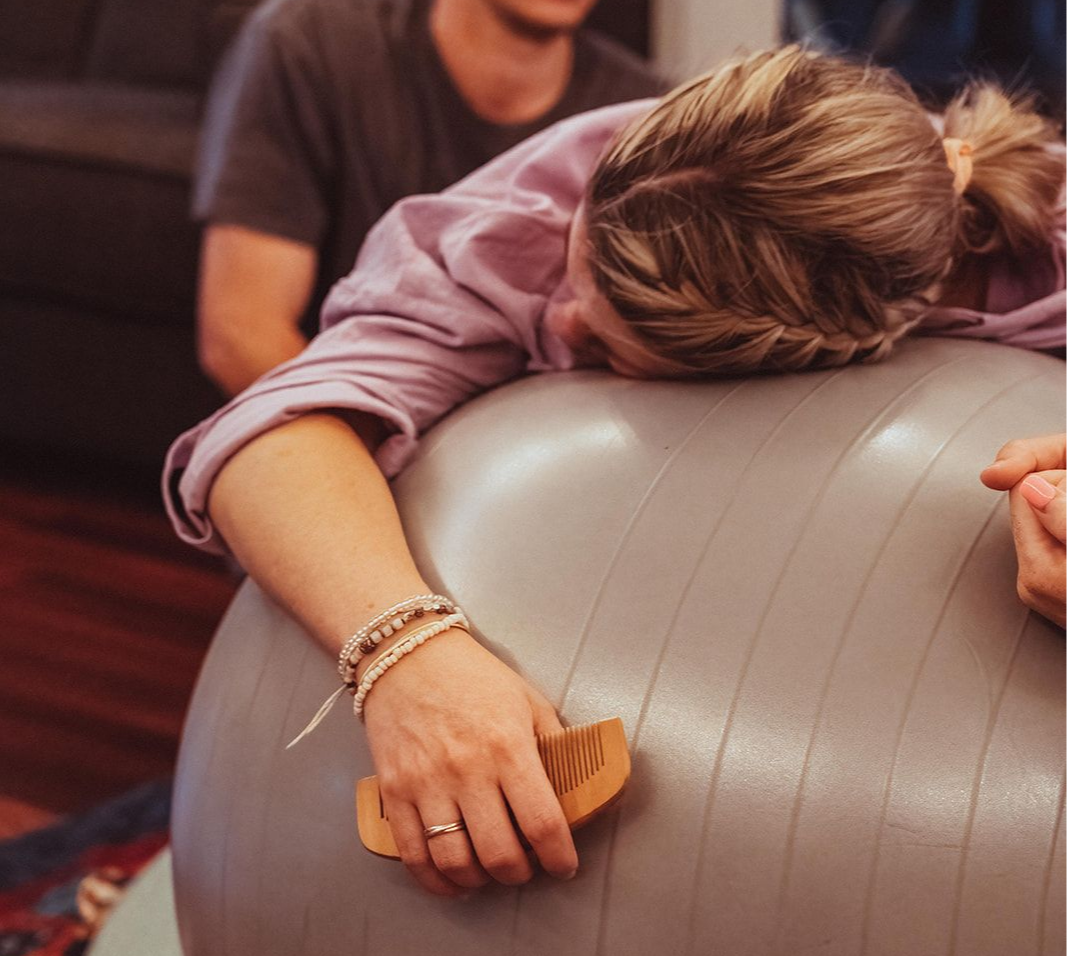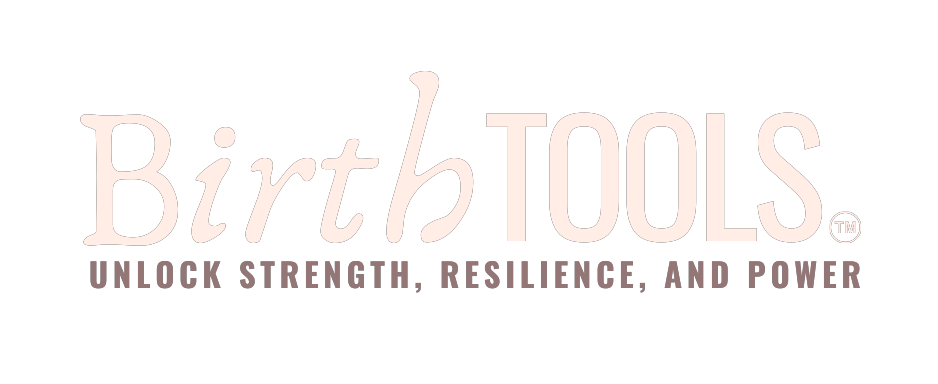Jul 8
What is a Birth Comb (And does it really work?)
Bringing a new life into the world is a miraculous journey, but it's no secret that it can also be an uncomfortable one. As expectant mothers prepare for the arrival of their little ones, they often seek ways to alleviate the intense discomfort that accompanies childbirth. While traditional pain relief methods like medication and breathing techniques have long been relied upon, there is a surprising alternative that is gaining popularity – using a comb.
Yes, you read that right!
This humble hair accessory might just hold the key to easing the pain during labor.
Yes, you read that right!
This humble hair accessory might just hold the key to easing the pain during labor.
How a comb can help with pain management during labour?
The concept of using a comb for pain relief during birthing is not a new one. It is based on the principles of acupressure, a technique that involves applying pressure to specific points on the body to alleviate pain and promote relaxation. By stimulating these points with a comb, expectant mothers can effectively manage their pain during labor.
By applying pressure to specific points on the body, a comb can provide relief from contractions and help expectant mothers manage their pain more effectively.
By applying pressure to specific points on the body, a comb can provide relief from contractions and help expectant mothers manage their pain more effectively.
The science behind using a comb for pain relief
But how exactly does using a comb for pain relief during birthing work? The answer lies in the intricate network of nerves that run throughout our bodies. These nerves connect to various organs and systems, and by applying pressure to specific points, we can stimulate the release of endorphins, our body's natural painkillers.
When a comb is used to apply pressure to these acupressure points, it triggers a cascade of physiological responses that help alleviate pain. The pressure stimulates the release of endorphins, which not only provide pain relief but also promote a sense of calm and well-being.
When a comb is used to apply pressure to these acupressure points, it triggers a cascade of physiological responses that help alleviate pain. The pressure stimulates the release of endorphins, which not only provide pain relief but also promote a sense of calm and well-being.

Techniques for using a comb during labour
Now that we understand the science behind using a comb for pain relief during birthing, let's explore some techniques that expectant mothers can employ during labor.
One technique involves using the teeth of the comb to gently scrape or press specific acupressure points. These points are located on the hands, feet, and lower back, and applying pressure to them can provide relief from contractions and promote relaxation.
Another technique involves using the comb to massage the scalp. This technique is particularly effective during the early stages of labor when the contractions are milder. Massaging the scalp with a comb can help release tension and promote relaxation.
It's important to note that each woman's experience with using a comb for pain relief during birthing may vary. Some women may find certain techniques more effective than others, so it's essential to experiment and find what works best for you.
One technique involves using the teeth of the comb to gently scrape or press specific acupressure points. These points are located on the hands, feet, and lower back, and applying pressure to them can provide relief from contractions and promote relaxation.
Another technique involves using the comb to massage the scalp. This technique is particularly effective during the early stages of labor when the contractions are milder. Massaging the scalp with a comb can help release tension and promote relaxation.
It's important to note that each woman's experience with using a comb for pain relief during birthing may vary. Some women may find certain techniques more effective than others, so it's essential to experiment and find what works best for you.
Tips for choosing the right comb for pain relief during birth
If you're considering using a comb for pain relief during birthing, it's essential to choose the right comb for the job. Here are some tips to help you make the right selection:
Opt for a wide-toothed comb: A wide-toothed comb is ideal for applying pressure to acupressure points without causing discomfort or pain.
Choose a comb with a comfortable grip: Look for a comb with a handle that is easy to hold and maneuver, as you may be using it for an extended period during labor.
Consider the material: Combs are available in various materials, such as plastic, wood, and metal. Choose one that feels comfortable against your skin and suits your preferences. Remember, the goal is to find a comb that is comfortable, effective, and easy to use during labor.
Check out our choice for the best birthing comb
Opt for a wide-toothed comb: A wide-toothed comb is ideal for applying pressure to acupressure points without causing discomfort or pain.
Choose a comb with a comfortable grip: Look for a comb with a handle that is easy to hold and maneuver, as you may be using it for an extended period during labor.
Consider the material: Combs are available in various materials, such as plastic, wood, and metal. Choose one that feels comfortable against your skin and suits your preferences. Remember, the goal is to find a comb that is comfortable, effective, and easy to use during labor.
Check out our choice for the best birthing comb
Other natural pain relief methods during labour
While using a comb for pain relief during birthing is a promising technique, it's important to note that it may not be suitable for everyone. Every woman's pain tolerance and birthing experience are unique, so it's crucial to explore other natural pain relief methods as well.
Breathing techniques, such as those taught in our online birth course, can help expectant mothers manage their pain and stay focused during labor. These techniques involve deep breathing, relaxation exercises, and visualization, which can promote a sense of calm and control.
Water therapy, often referred to as hydrotherapy, is another popular natural pain relief method during labor. Immersing oneself in warm water can help relax the muscles, reduce pressure on the joints, and provide a soothing environment for labor.
Massage, whether performed by a partner or a trained professional, can also provide pain relief during labor. Gentle strokes and kneading can help release tension and promote relaxation, making the birthing experience more manageable.
You will learn everything you and your partner needs to know for labour pain management from both the natural and medicinal point of view.
You will learn everything you and your partner needs to know for labour pain management from both the natural and medicinal point of view.
Write your awesome label here.
What to know what else BirthTools™ Online Birth Class offers?
Quick links
Follow us
-
Facebook
-
Instagram
Get in touch with us
Email us
birthtools@outlook.com
Call us
+61452614202

